Amy’s been using #OpenAPS (closed loop artificial pancreas system) since March and it’s been working very well, with some impressive results such as waking up in range without fail and without intervention every morning. Her set up includes a Dexcom G5, her phone (Xiaomi 4X), her OpenAPS rig (Edison/Explorer) and a 10 year old Medtronic 715 insulin pump. The only real issue we’ve had is bluetooth connectivity which we’ve resolved very well.
So, OpenAPS is excellent and gives great results, but Amy’s pump is six years out of warranty already, might possibly break at any moment (unlikely) and the backup pump (Medtronic 712) is even older than the primary one. The dwindling supply of loopable old Medtronic pumps makes me nervous so for a while now we’ve been looking at alternatives.
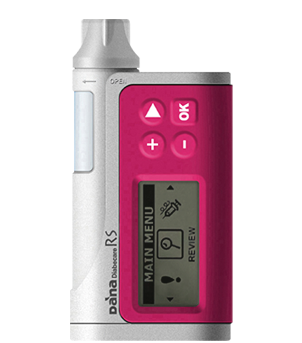 Say hello to the Dana RS. A brand new insulin pump which can be used with AndroidAPS – which is based on OpenAPS code – and most importantly retains its warranty even if being used for DIY closed looping. AndroidAPS runs on an Android phone and communicates directly with the CGM source (Dexcom G5 in Amy’s case) and the Dana RS pump, no other hardware is required and most importantly there’s nothing which needs charging or could be forgotten when leaving the house each time. The potential to control the Dana RS using an official phone app from an Android phone (or iPhone if you really must 😀 ) is a great step forward, although its unlikely she’ll use this when she’s wearing CGM as AndroidAPS will be controlling everything. It is the only pump to allow full control via a phone: setting TBRs, doing a bolus, altering settings.
Say hello to the Dana RS. A brand new insulin pump which can be used with AndroidAPS – which is based on OpenAPS code – and most importantly retains its warranty even if being used for DIY closed looping. AndroidAPS runs on an Android phone and communicates directly with the CGM source (Dexcom G5 in Amy’s case) and the Dana RS pump, no other hardware is required and most importantly there’s nothing which needs charging or could be forgotten when leaving the house each time. The potential to control the Dana RS using an official phone app from an Android phone (or iPhone if you really must 😀 ) is a great step forward, although its unlikely she’ll use this when she’s wearing CGM as AndroidAPS will be controlling everything. It is the only pump to allow full control via a phone: setting TBRs, doing a bolus, altering settings.
It’s taken a while to get here: I first mentioned about the Dana pump at clinic in September 2017 – back then we were talking about it’s predecessor the Dana R. I won’t go into detail but it’s been a slow process of discussions with Amy’s team to get to a point where they are happy for Amy to trial the Dana RS pump with a view to it becoming her new pump. It’s not a pump they knew about so I can fully understand any concerns they have but (I hope) they came to realise that we knew a lot about it and were confident it was the right pump for Amy at this point in time.
Back on the 12th July Amy got to see the Dana RS for the first time, she was excited. Tom, the Dana rep from Advanced Therapeutics, demoed the array of holders, pouches and holsters which pleased the girl who’s missed the trusty clip of her Animas Vibe pump. She was most excited by the 360 degree cannula which spins, hopefully meaning less kinked tubes and less pain during the inevitable moments when tubing meets door handle. Yesterday Tom came to our home to train Amy in everything, with us parents taking a real back seat, and within an hour or so she was up and running.
Day 2 has started, she’s alive, we’ll call that a win.
The trial lasts one month so we’ll keep you updated. We have no plans to involve AndroidAPS in the month’s trial but I’m not sure whether we’ll stick to that.
To see more about what you get in the kit and find out more about the Dana RS take a look at Andy’s Dana RS kit blog.

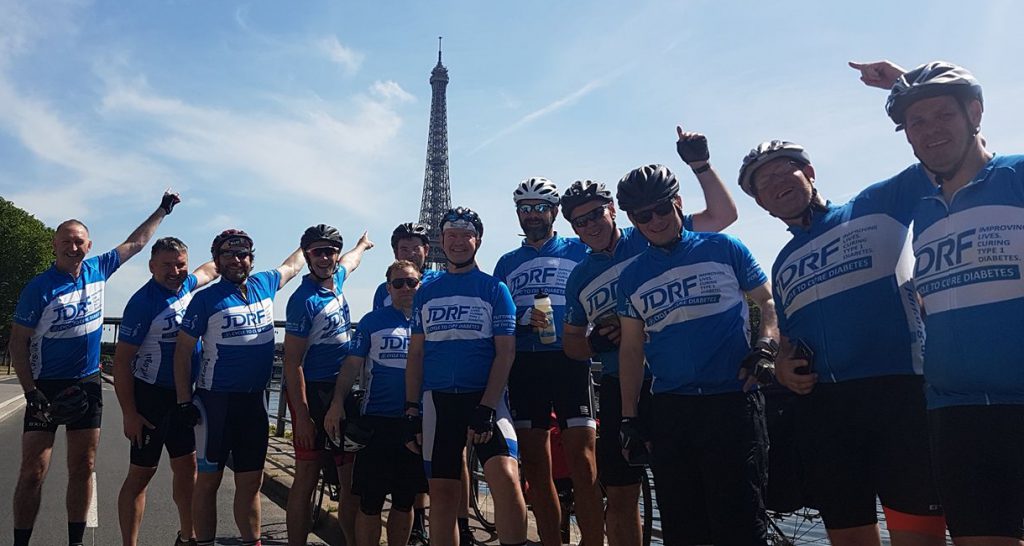
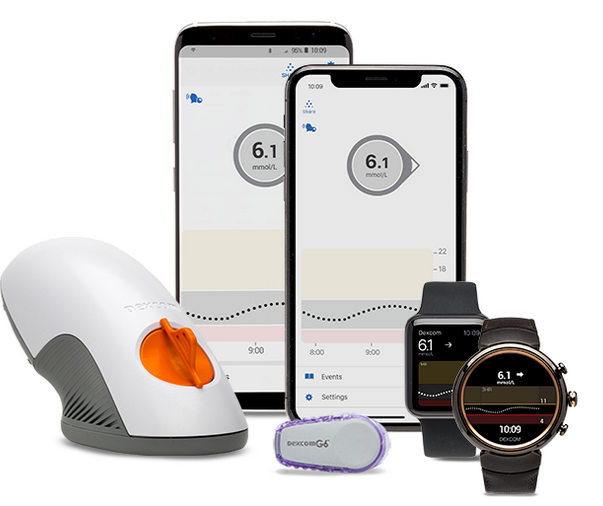
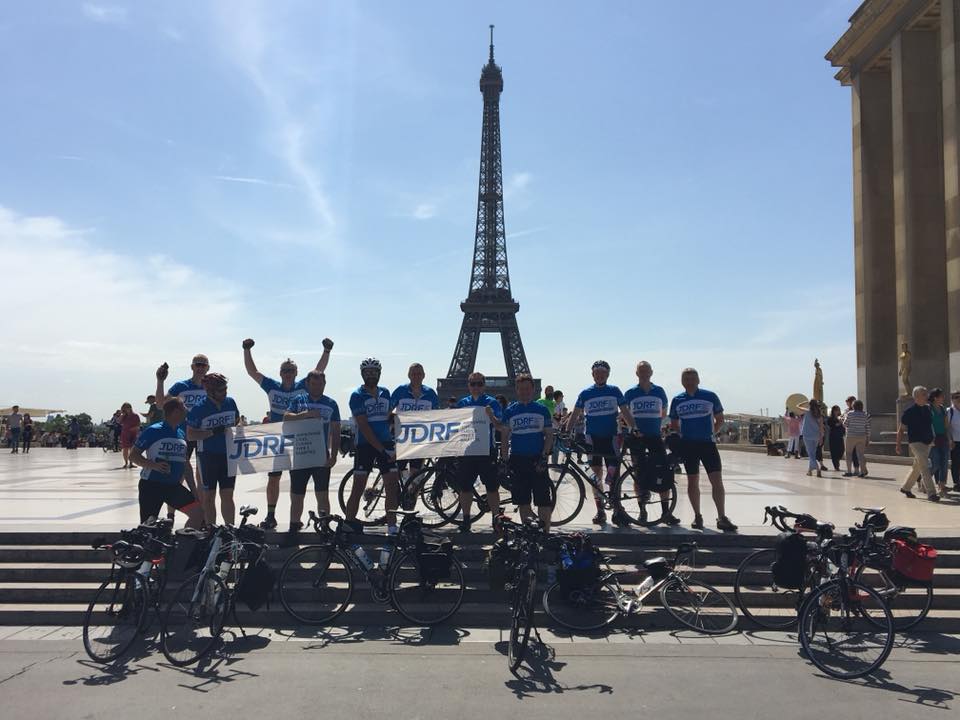
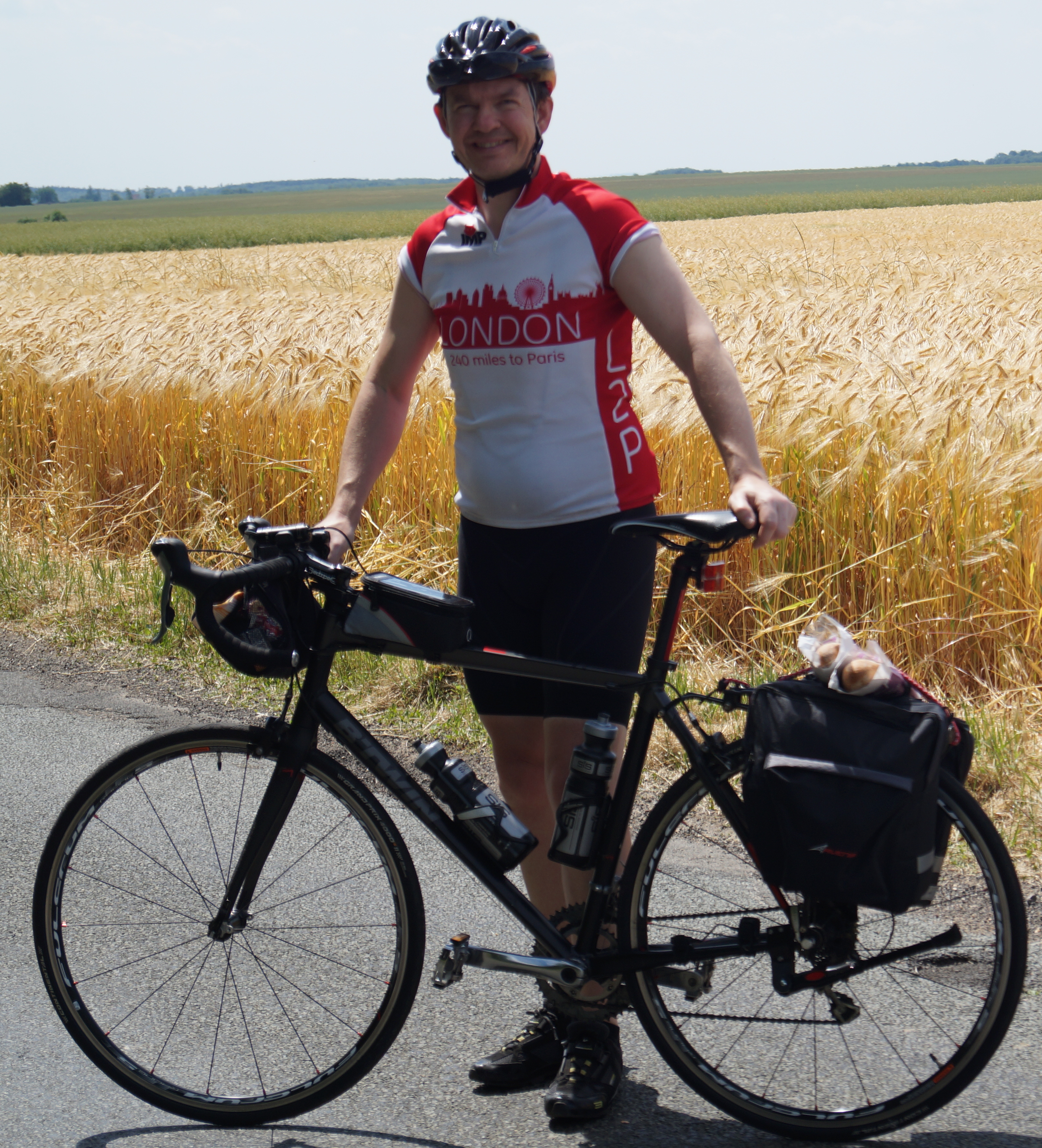 I’m always fond of having a souvenir of somewhere I’ve been, something I’ve done and I prefer it when that thing is practical.
I’m always fond of having a souvenir of somewhere I’ve been, something I’ve done and I prefer it when that thing is practical. 
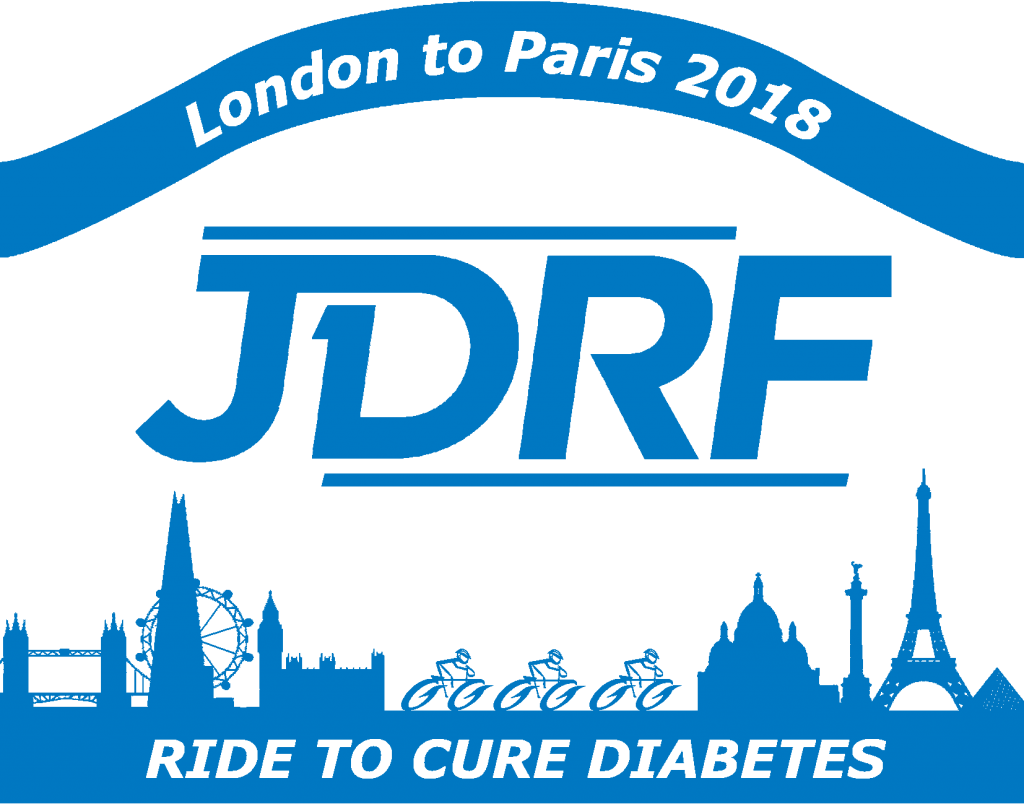
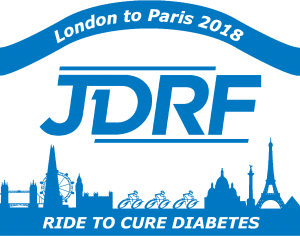
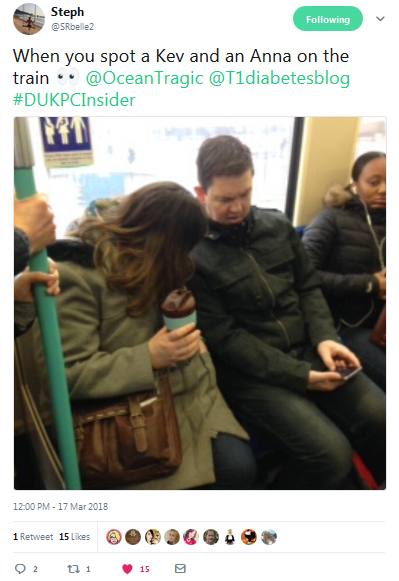 With forecasts of a mini-blizzard hitting London I did wonder whether that one snowflake would mean all roads would be closed towards London, but I set off at an eye-blearing-6am, picking up my friend Anna on the way.
With forecasts of a mini-blizzard hitting London I did wonder whether that one snowflake would mean all roads would be closed towards London, but I set off at an eye-blearing-6am, picking up my friend Anna on the way.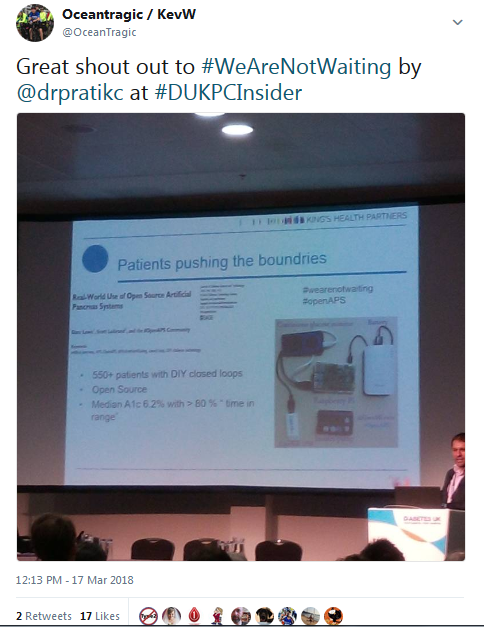
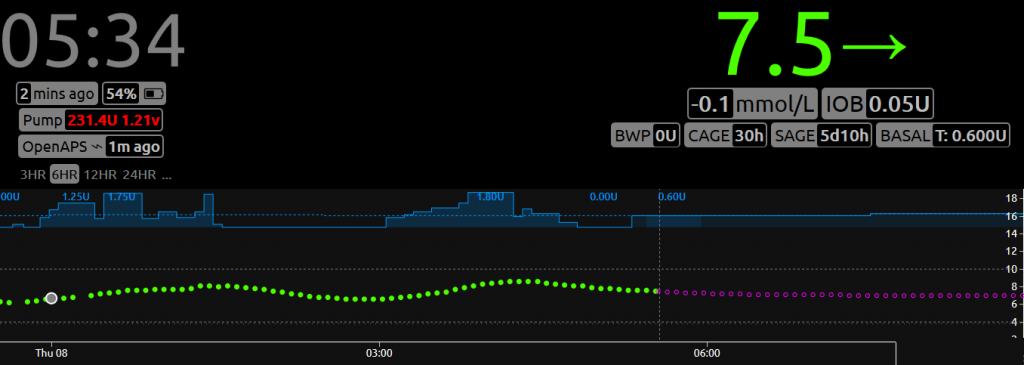
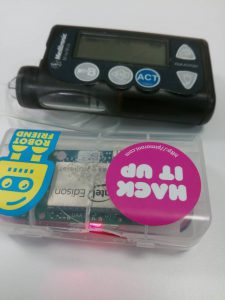 It still wasn’t the right time for Amy, so I waited, applied no pressure and just hoped one day she’d ask to use it.
It still wasn’t the right time for Amy, so I waited, applied no pressure and just hoped one day she’d ask to use it.
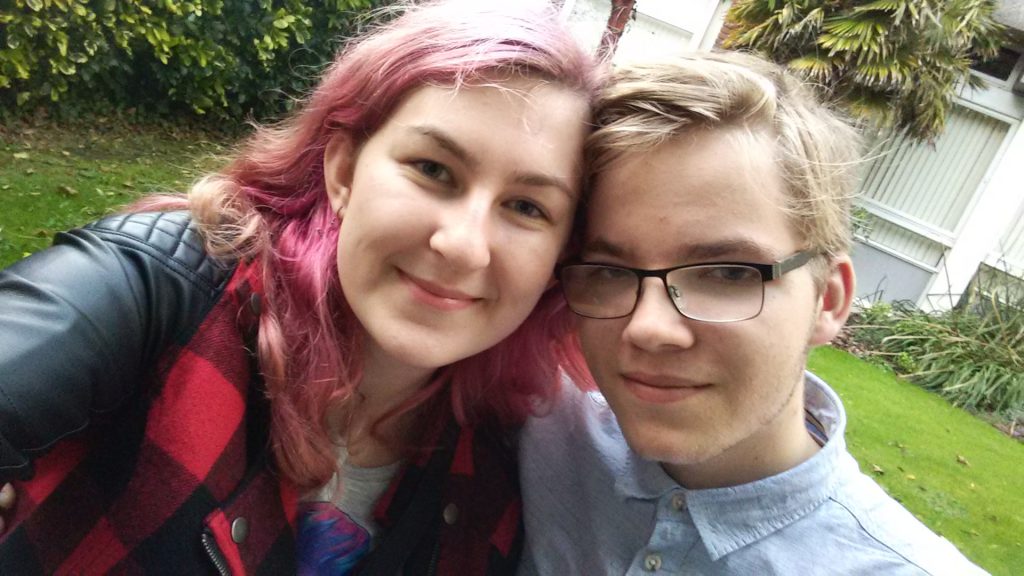
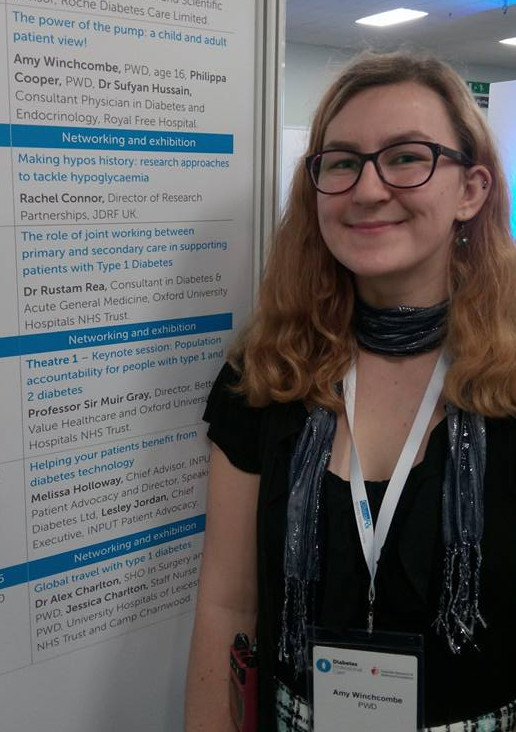
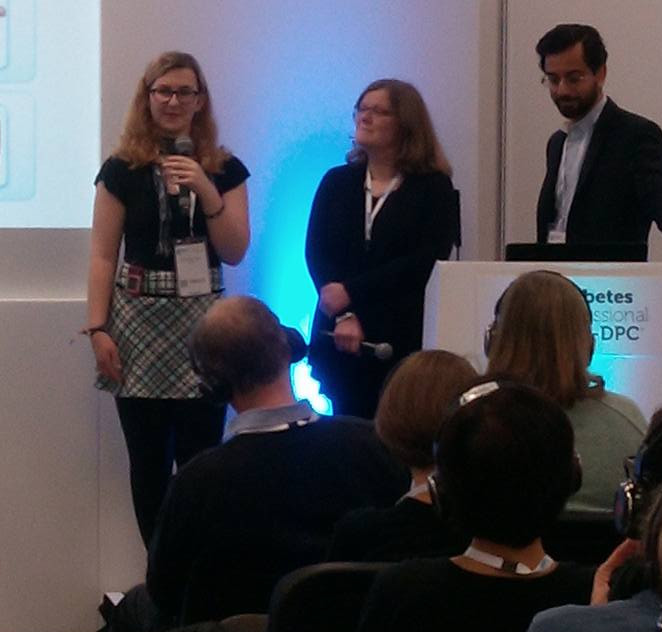 She’d done similar stuff before, she’d spoken in front of 200 HCPs twice before but then the answers she gave were very short. She’d presented Nightscout and WeAreNotWaiting alongside me to Directors at JDRF and Diabetes UK, and to the team at Oxford. DPC2017 was different, as she stood there – alongside my friend Philippa and Dr Hussain – she answered Dr Hussain’s questions, elaborating on them with anecdotes and telling stories about school life, German exchange trips and the difference between two holidays in India, one on MDI, the next one using an insulin pump.
She’d done similar stuff before, she’d spoken in front of 200 HCPs twice before but then the answers she gave were very short. She’d presented Nightscout and WeAreNotWaiting alongside me to Directors at JDRF and Diabetes UK, and to the team at Oxford. DPC2017 was different, as she stood there – alongside my friend Philippa and Dr Hussain – she answered Dr Hussain’s questions, elaborating on them with anecdotes and telling stories about school life, German exchange trips and the difference between two holidays in India, one on MDI, the next one using an insulin pump.  It started with Amy and me presenting Nightscout, WeAreNotWaiting and DIY artificial pancreases to the team at Oxford in January and ends (almost) with Amy presenting with Dr Sufyan Hussain at the Diabetes Professional Conference 17 at Olympia this coming Thursday and me lecturing at South Bank university a few days later. I’ve been really pleased to meet so many teams and HCPs who want to know more about what patients are doing and one day, who knows, I might actually feel comfortable presenting. Nightscout UK had a great weekend at the Children With Diabetes Friends for Life conference in October where we used for the first time the roller banners I created. October saw Amy and I attend the QiC Diabetes Awards which I helped judge this year, walking away with a Winners trophy for
It started with Amy and me presenting Nightscout, WeAreNotWaiting and DIY artificial pancreases to the team at Oxford in January and ends (almost) with Amy presenting with Dr Sufyan Hussain at the Diabetes Professional Conference 17 at Olympia this coming Thursday and me lecturing at South Bank university a few days later. I’ve been really pleased to meet so many teams and HCPs who want to know more about what patients are doing and one day, who knows, I might actually feel comfortable presenting. Nightscout UK had a great weekend at the Children With Diabetes Friends for Life conference in October where we used for the first time the roller banners I created. October saw Amy and I attend the QiC Diabetes Awards which I helped judge this year, walking away with a Winners trophy for 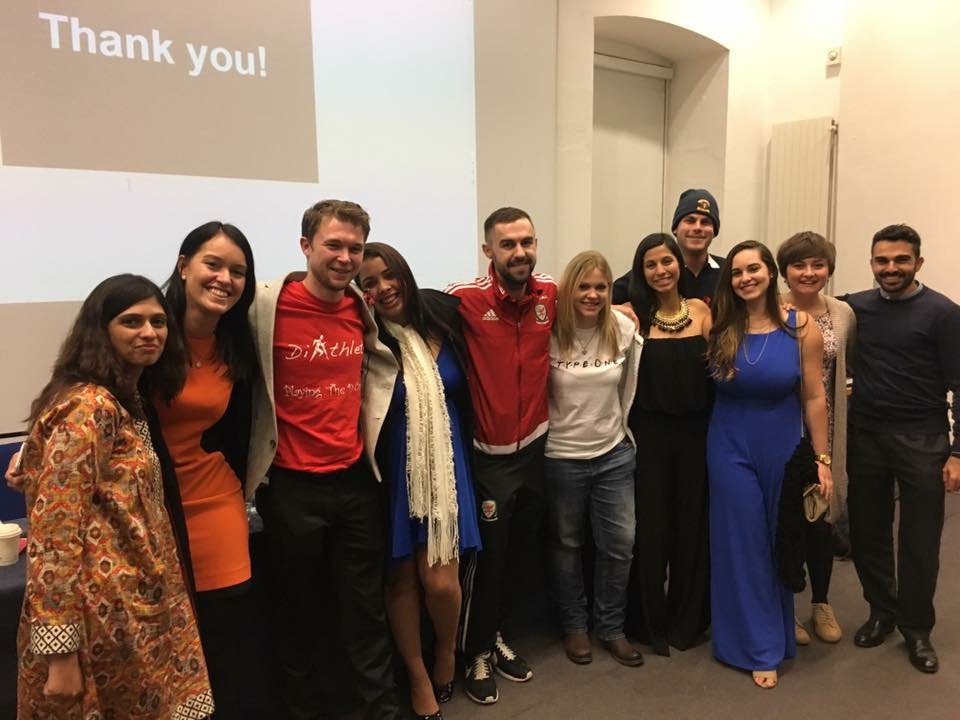
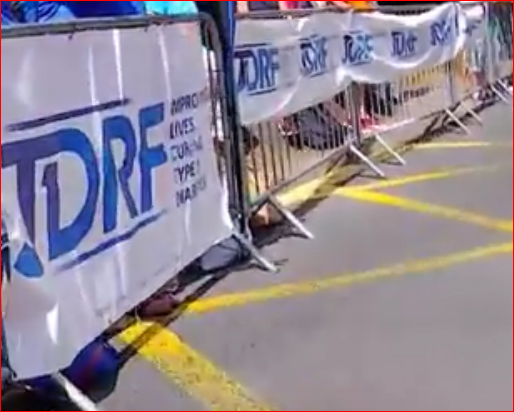 And then it happens.
And then it happens.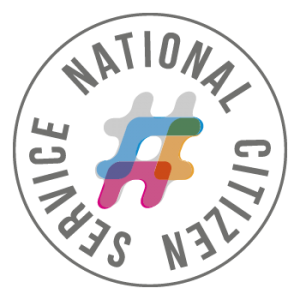
 Amy’s spring and summer is a whirlwind.
Amy’s spring and summer is a whirlwind.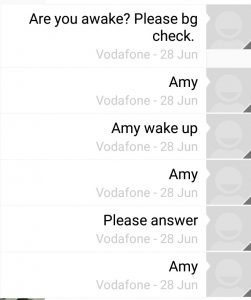 I watched numbers in their 2’s appear, then 1’s.
I watched numbers in their 2’s appear, then 1’s.
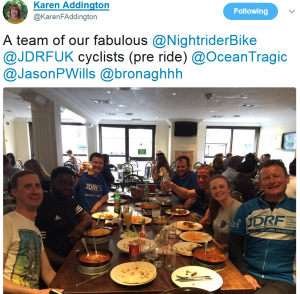 Once again some of my Diabetes Dad friends and I rode in the London Nightrider, as
Once again some of my Diabetes Dad friends and I rode in the London Nightrider, as 

 Either you wish the world would swallow you up or you laugh it off, as you should.
Either you wish the world would swallow you up or you laugh it off, as you should.